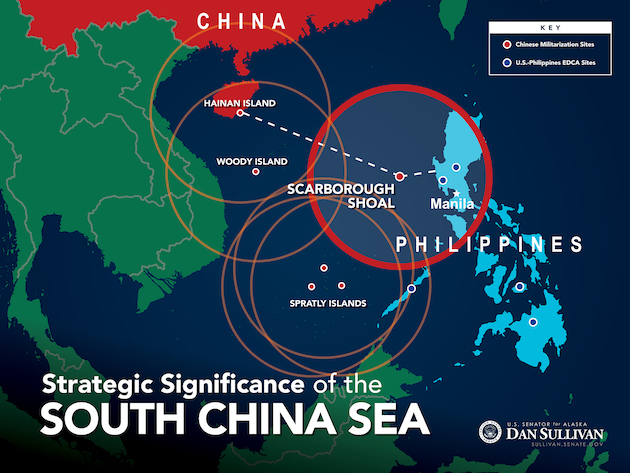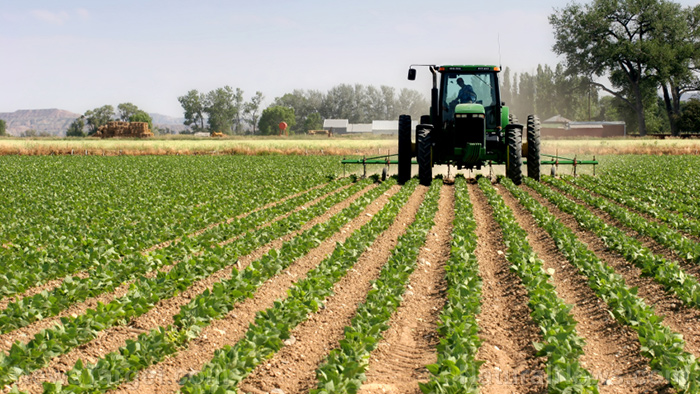 Parler
Parler Gab
Gab
Communities making farmers pay for groundwater as part of conservation efforts
All of this is causing some communities to consider making farmers pay for their groundwater to help conserve resources. This initiative is being pushed by communities in the Pajaro Valley, a 10-mile-long stretch of rich agricultural soil along the coast of Monterey Bay, and home to Watsonville, the strawberry capital of the world. "Ninety percent of all the crops in the Pajaro Valley use groundwater," said Marcus Mendiola with the Pajaro Valley Water Management Agency. "Ninety percent of all water needs in the valley are from groundwater. In the 1990s, we began to put meters on wells, and then sometime after that, we began to charge for water that growers pump from those wells, and they all pump from the same aquifer." Officials say the point of making farmers pay for groundwater is less about revenue than it is to get farmers to use less water. "We think that it's fair to have a payment," said Antonio Tovar with the National Family Farm Coalition. "When you have something that is free, you abuse those resources." Watsonville is at the center of groundwater conservation and agriculture, but its thirsty problems are found across the country. While American farmers elsewhere water their crops by freely pumping the groundwater beneath their land, growers in Pajaro must pay hefty fees for irrigation, making it one of the most expensive places to grow food in the country, if not the world. Around 26 percent of the country's water supply comes from groundwater, with the U.S. pumping approximately 82.3 billion gallons of water to the surface each day, according to the most recent data from the USGS. (Related: EPA report concludes that natural gas 'fracking' causes groundwater contamination.) The water is crucial for farming and agriculture, with the majority used for crop irrigation and livestock purposes. Groundwater supply is usually replenished by rain and snow melts that soak into the earth and move through the layers of the earth until they reach the water table – the water level of the groundwater reservoir. "We need to recognize that while groundwater may be invisible, it is not inexhaustible," said VK Madhavan, the chief executive of WaterAid India, where groundwater depletion is also an issue. "There is an urgent need to govern the extraction of groundwater and reduce the demand on it." Watch this video questioning how groundwater extraction may be shifting the planet's axis tilt. This video is from the Terral03.com on Brighteon.com.More related stories:
World Economic Forum globalists want to leverage water crisis to form world government. EPA to crack down on FOREVER CHEMICALS in drinking water via proposed national standards. Over 1.3 million Californians could be drinking tap water contaminated with chemicals linked to PARKINSON’S. UN and World Economic Forum plan to use global water crisis to advance globalist agenda against humanity. Sources include: Geographical.ca.uk ScrippsNews.com Brighteon.comBiden admits to FLYING 320,000 migrants into U.S. to PURPOSELY skew border crossing numbers
By Ethan Huff // Share
Governments continue to obscure COVID-19 vaccine data amid rising concerns over excess deaths
By patricklewis // Share
Tech giant Microsoft backs EXTINCTION with its support of carbon capture programs
By ramontomeydw // Share
Germany to resume arms exports to Israel despite repeated ceasefire violations
By isabelle // Share










